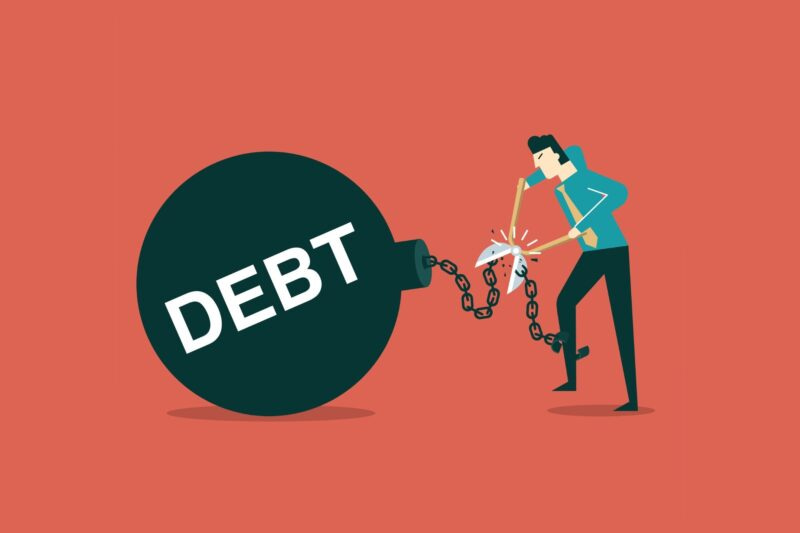
TRINIDAD EXPRESS EDITORIAL: One of the key outcomes of the Fourth International Conference on Small Island Developing States (SIDS4), which ended in Antigua last Thursday, was a Debt Sustainability Service Initiative. Unfortunately, the proposals of this new programme do not give the impression that Caribbean leaders are serious about grappling with the region’s fiscal problems.
Antigua and Barbuda Prime Minister Gaston Browne, who was elected president of SIDS4, described the initiative as “a pathway to financial stability and sustainability” that would remove the “unsustainable debt that hinders our progress”. Yet the reality is, if every single creditor wiped these debts clean tomorrow, the factors that created the problem in the first place would still remain.
These include successive years of fiscal deficit, public enterprise borrowing, and off-balance-sheet spending. According to the International Monetary Fund (IMF), between 1997 and 2004, the average debt-to-GDP ratio in the region increased from 54% to 84%. By 2012, overall public sector debt was about 79% of regional GDP. By 2018, the region’s average debt-to-GDP ratio had improved somewhat to 71%.
Nonetheless, the Caribbean remains among the most indebted regions in the world, with debt levels averaging 90% of GDP. As of 2021, the debt-to-GDP ratio of nine Caribbean countries, including Trinidad and Tobago, exceeded the World Bank’s 77% threshold, while only four countries fell below. The five most indebted countries in the region for 2021 were Barbados (137%), Suriname (125%), The Bahamas (102%), Dominica (101%), and Antigua and Barbuda (97%). The four exceptions were Grenada, St Kitts and Nevis, the Dominican Republic, and Guyana.
Debt, in itself, is not fatal to economic prosperity. But that is only so if the money borrowed is used to increase productivity. The strategies proposed at the SIDS conference are unlikely to achieve this. Instead, according to Browne, the focus was on creating an innovation and technology mechanism, mobilising bespoke development finance, climate and SDG (Sustainable Development Goals) swaps, carbon credits, and debt relief strategies.
Technology solutions are pie-in-the-sky, not least because, with populations of 100,000 or less, these countries simply do not have the human resources to implement such policies. Small countries face specific economic challenges because of their size. They have restricted internal markets, a limited range of factors of production, and cannot use economies of scale to produce cheaper goods.
As for “development finance”, all this does is recreate debt in the long run. Swaps may provide finance, but this is essentially a form of aid and, historically, aid has never fostered long-term development.
Advertise with the mоѕt vіѕіtеd nеwѕ ѕіtе іn Antigua!
We offer fully customizable and flexible digital marketing packages.
Contact us at [email protected]

















Excellent Article. Those countries borrowed those monies and have failed to use them in any meaningful way. Even if the debt was forgiven tomorrow. They would just use the debt free status to borrow more money.
Comments are closed.